What word could I possibly bring to the men in jail? That was the question.
Each Wednesday afternoon, I join three other men from my church, and we sit in silent meditation with a group of inmates. These men at the Lafayette County Detention Center are awaiting trial or sentencing or transfer to another, more “permanent” place of incarceration.
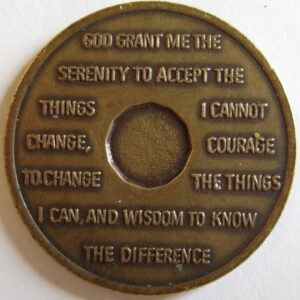
Prayer on Alcoholics Anonymous medallion
Both our leaders were going to be out of town, and so leadership had fallen to me. We always start the group with a reading, usually from the Psalms. Surely, the psalms of lament ring true to those behind bars — “My God, why have you forsaken me?”
I could have defaulted to the oft-quoted and ever-favorite Psalm 23, “The Lord is my shepherd,” but I wanted to go a different route.
I have no idea what it is like to sit in jail. Guilty or not, these men face uncertain futures and life challenges of which I know nothing. The “Serenity Prayer” came to mind. Long a favorite of those in A.A., this simple prayer has given guidance to alcoholics and addicts for generations. Heck — it has given me guidance.
Originally, it was written as a prayer for worship at a small Christian congregation in Heath, Massachusetts, in the 1930s. Theologian Reinhold Niebuhr wrote it as part of a sermon for his flock. The most common version is just three lines asking for “serenity,” “courage,” and “wisdom.” I included these words in my book, Hard Choices for Loving People, to help those facing the end of life.
In the full prayer below you can see the influence of eastern thought with suffering as a “pathway to peace” and accepting the world “as it is.” This reminds me of the current cliché, “it is what it is.” These are words for all of us, jailed or free.
Here is the complete prayer:
Prayer for Serenity
by Reinhold Niebuhr
God, give us grace
to accept with serenity the things that cannot be changed,
courage to change the things which should be changed,
and the wisdom to distinguish the one from the other;
living one day at a time, enjoying one moment at a time;
accepting hardship as a pathway to peace;
taking, as Jesus did, this sinful world as it is,
not as I would have it;
trusting that You will make all things right if
I surrender to Your will;
so that I may be reasonably happy in this life and
supremely happy with You forever in the next. Amen
_______________________________________
Chaplain Hank Dunn is the author of Hard Choices for Loving People: CPR, Feeding Tubes, Palliative Care, Comfort Measures and the Patient with a Serious Illness and Light in the Shadows. Together they have sold over 4 million copies. You can purchase his books at hankdunn.com or on Amazon.

 In my personal photo collection, I have scads of dawns and dusks. Sunrise in the swamp. Sunset from a mountaintop.
In my personal photo collection, I have scads of dawns and dusks. Sunrise in the swamp. Sunset from a mountaintop.




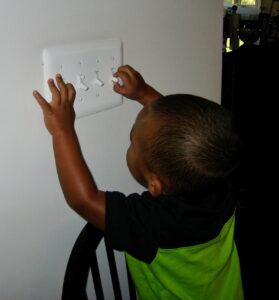

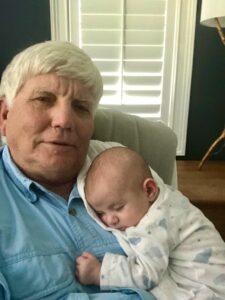
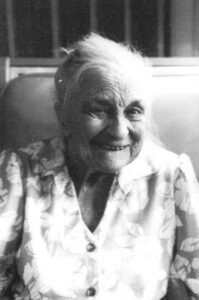
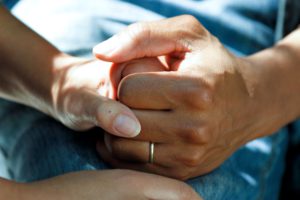
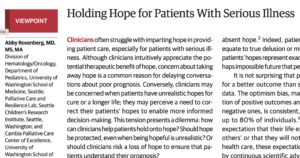 The Journal of the American Medical Association recently published an opinion piece,
The Journal of the American Medical Association recently published an opinion piece, 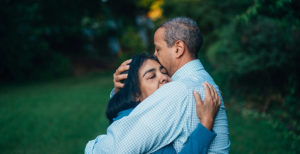
 Last week,
Last week, 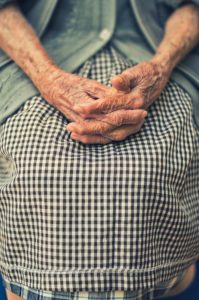 Rev. Lynn Casteel Harper of the Riverside Church in New York City, sees her role with congregants in their decline as one of “presence and witness.” “Sometimes if people are going through really difficult experiences, especially medically, it’s easy for the story of the illness and the suffering to take over,” Rev. Harper said. “Part of my role is to affirm the other dimensions.”
Rev. Lynn Casteel Harper of the Riverside Church in New York City, sees her role with congregants in their decline as one of “presence and witness.” “Sometimes if people are going through really difficult experiences, especially medically, it’s easy for the story of the illness and the suffering to take over,” Rev. Harper said. “Part of my role is to affirm the other dimensions.”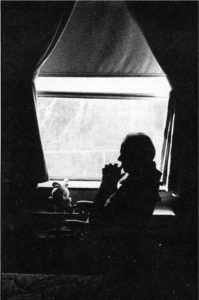
 My wife, Sally, and I decided to watch the 1991 movie, The Prince of Tides, for a date night at home. I had forgotten how sad, tragic, yet hopeful the film was. The next day, having lunch with a friend, we mentioned we watched it. Our friend said, “That is my favorite movie.”
My wife, Sally, and I decided to watch the 1991 movie, The Prince of Tides, for a date night at home. I had forgotten how sad, tragic, yet hopeful the film was. The next day, having lunch with a friend, we mentioned we watched it. Our friend said, “That is my favorite movie.”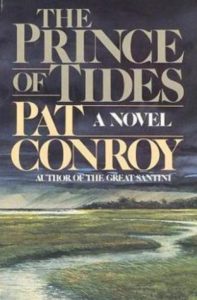 It had been thirty years since we had seen it, and it was a little circuitous how The Prince of Tides came up on our radar. In researching the late Doug Marlette, creator of my favorite comic strip, Kudzu (
It had been thirty years since we had seen it, and it was a little circuitous how The Prince of Tides came up on our radar. In researching the late Doug Marlette, creator of my favorite comic strip, Kudzu (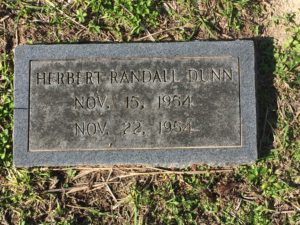 So, on Thanksgiving 1996, 42 years after his death, we had a funeral for my brother. Mom, Dad in his wheelchair, my brother, his wife, my daughter, and I gathered at the grave. I read the words of committal (“Ashes to ashes, dust to dust”) and Psalm 23 (“The Lord is my shepherd”), we said the Lord’s Prayer, and I stammered through a prayer about Randy.
So, on Thanksgiving 1996, 42 years after his death, we had a funeral for my brother. Mom, Dad in his wheelchair, my brother, his wife, my daughter, and I gathered at the grave. I read the words of committal (“Ashes to ashes, dust to dust”) and Psalm 23 (“The Lord is my shepherd”), we said the Lord’s Prayer, and I stammered through a prayer about Randy.